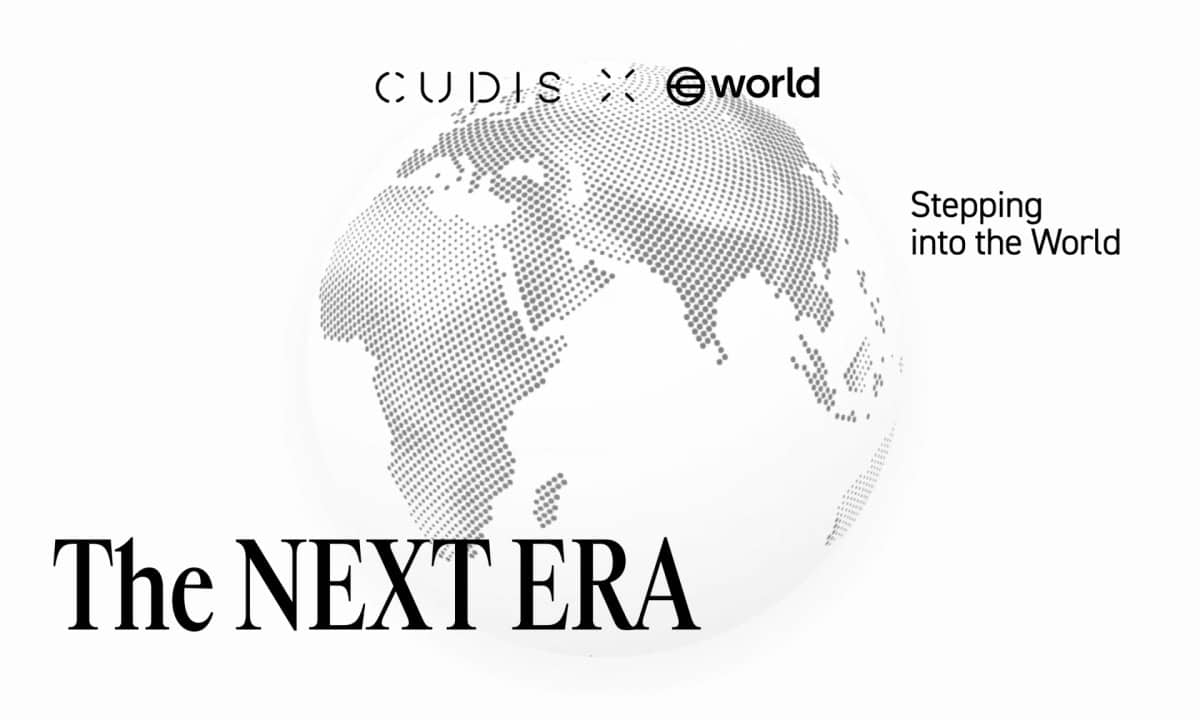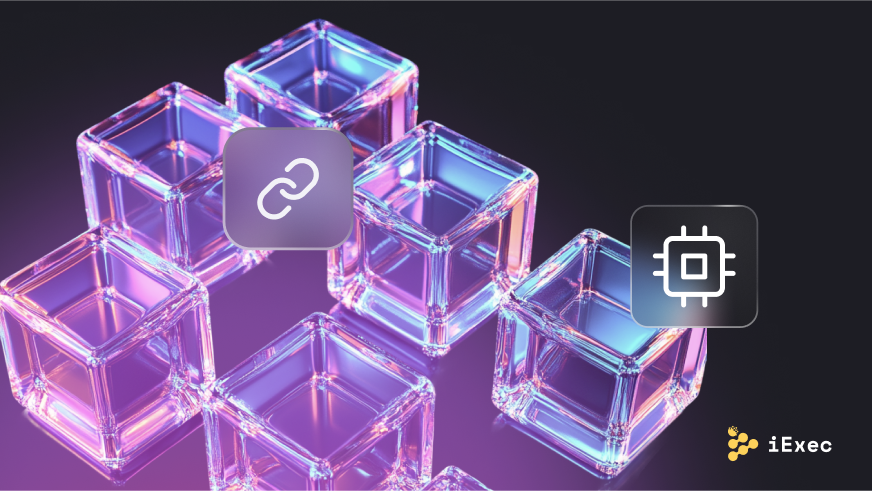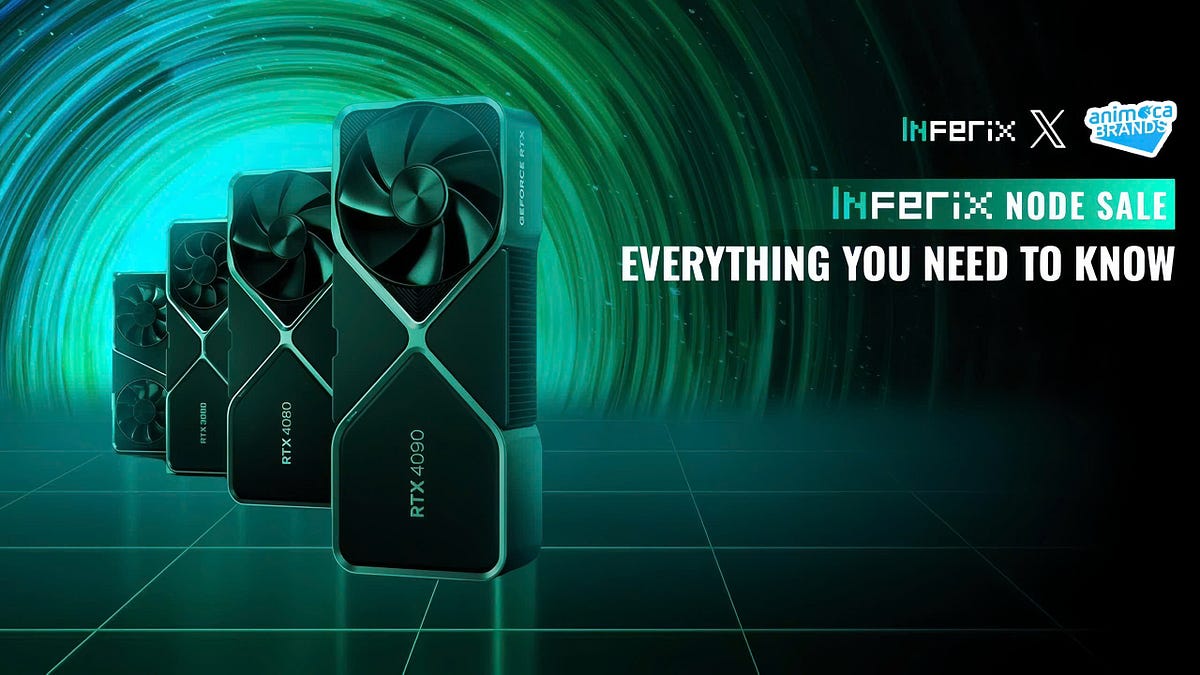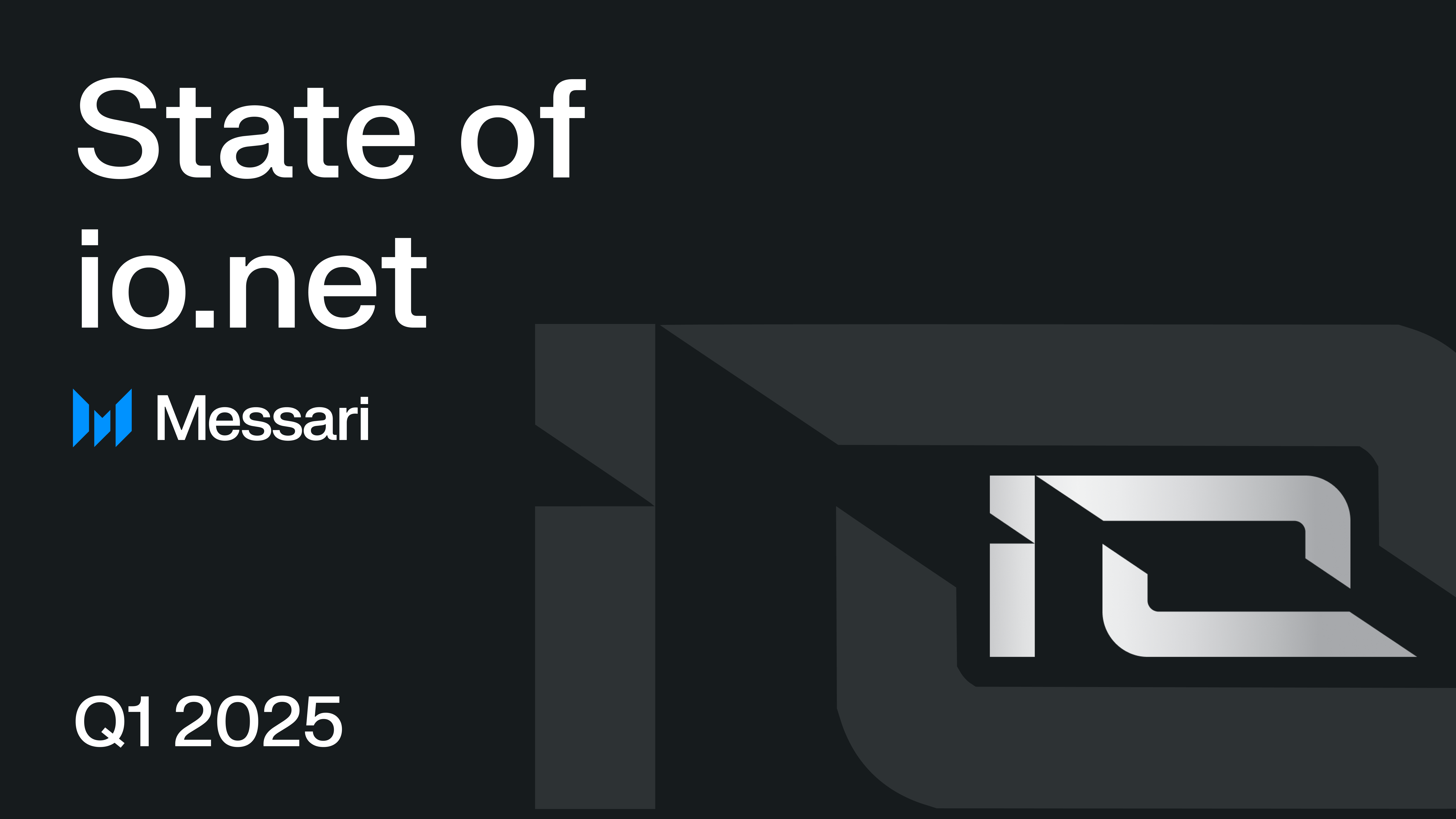CUDIS Launches Mini App to Enhance Health Data Management and Privacy

CUDIS, a pioneering company in the realm of wearable technology, has recently launched the CUDIS Mini App integrated with World App, a platform co-founded by Alex Blania and Sam Altman. This new app aims to enhance the interaction with health data while addressing privacy concerns associated with AI. The integration utilizes World ID, a secure protocol that allows individuals to prove their uniqueness online without compromising their privacy. Edison Chen, CEO of CUDIS, emphasized that this collaboration showcases the potential of blockchain technology in transforming personal health data management, making it more secure and user-friendly.
In conjunction with the Mini App, CUDIS is introducing a limited edition wellness ring designed specifically for World ID holders. This sleek ring features a portable battery cartridge and improved fitness tracking capabilities. Users of the World App can engage with the CUDIS Mini App without needing to purchase the ring, as they can earn CUDIS points through various activities such as signing up, participating in sports challenges, and interacting with a personalized AI coach. This initiative not only promotes healthy habits but also incentivizes users with cryptocurrency rewards for their engagement.
The CUDIS Mini App leverages World’s proof of human verification technology to ensure the legitimacy of shared biometric data. This facilitates secure access to health resources and promotes genuine human interactions. The launch of this app was announced during World’s “a new world” event, which reached an audience of 15 million users. CUDIS aims to empower individuals by allowing them to own and potentially monetize their health data, fostering a healthier generation of smart ring users.
Related News





